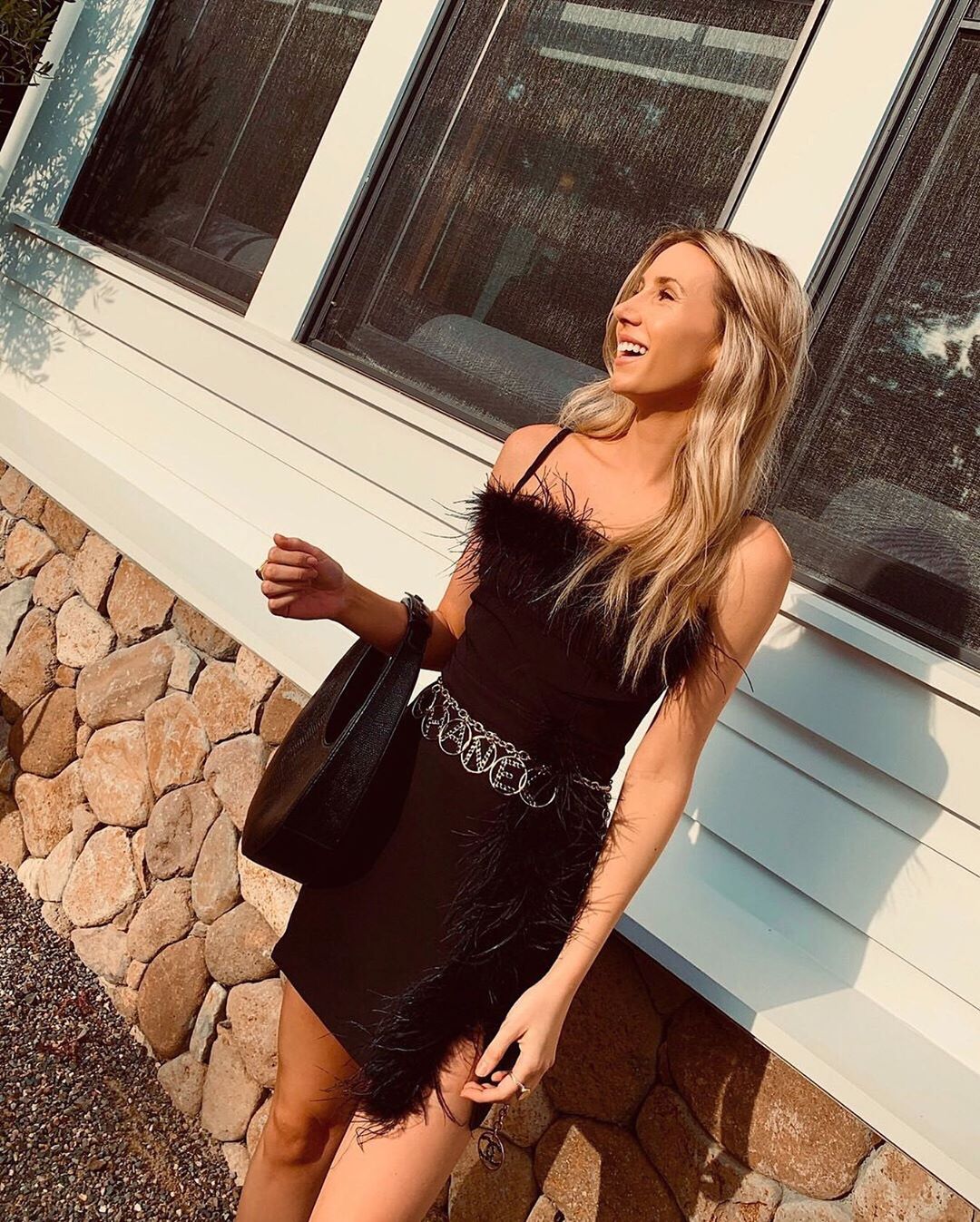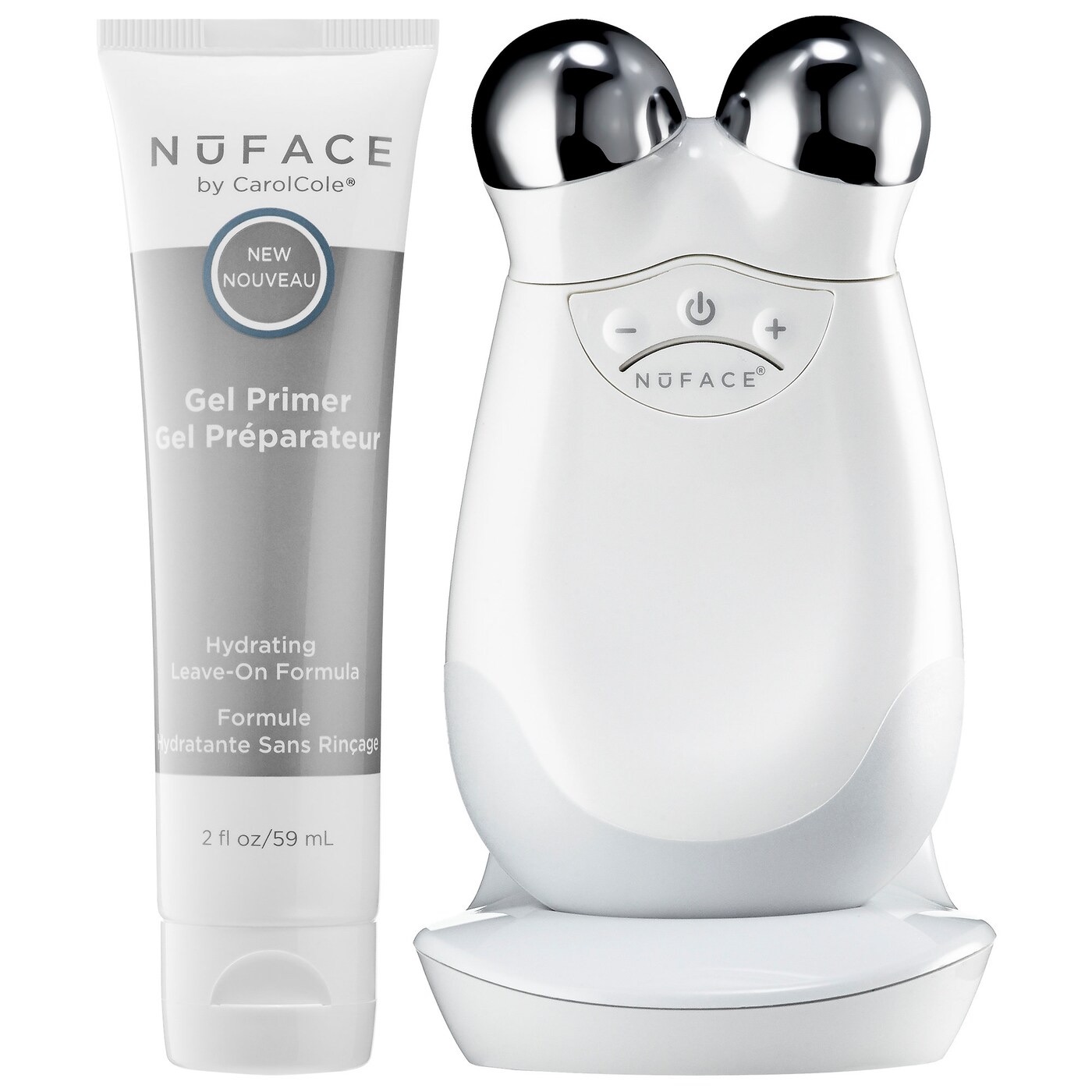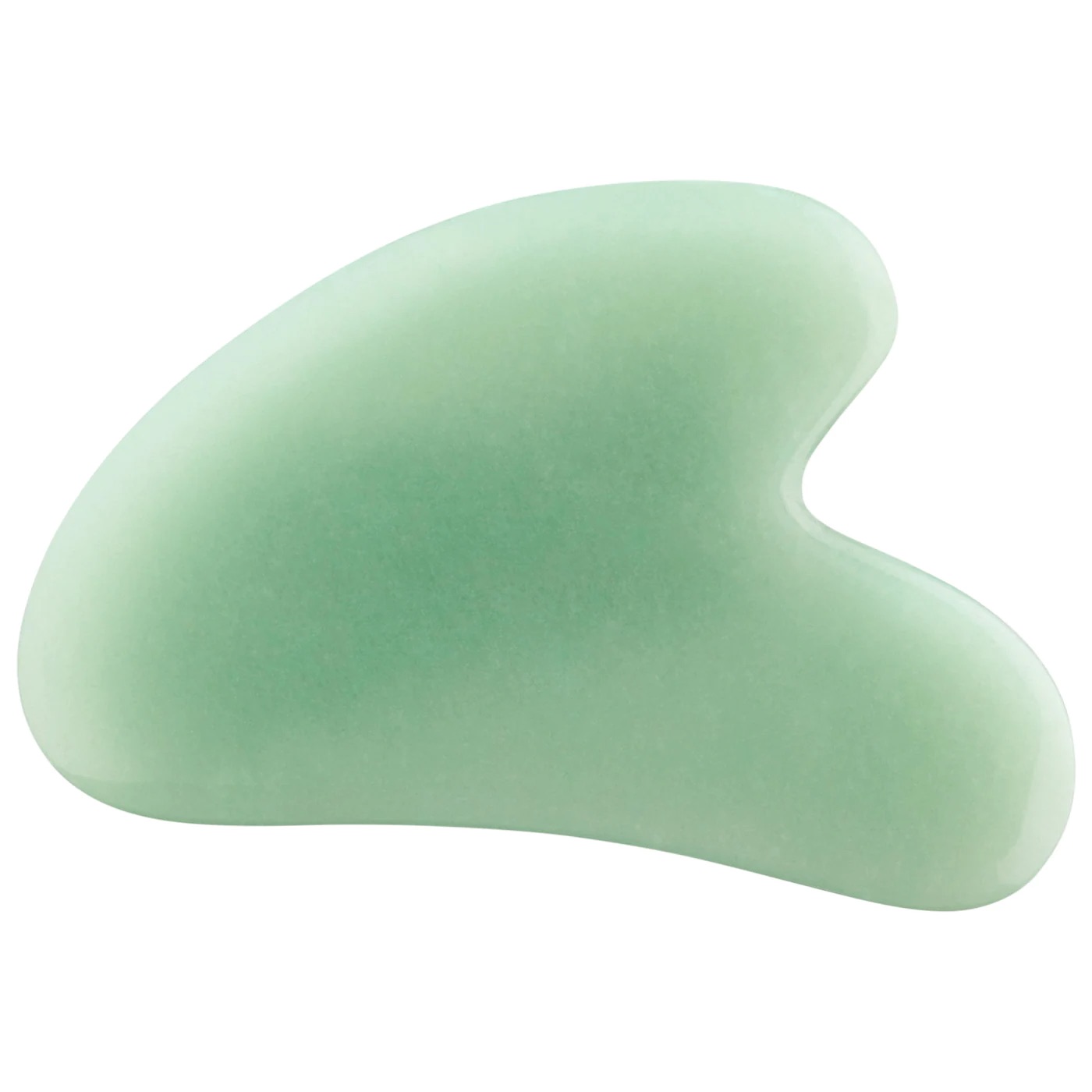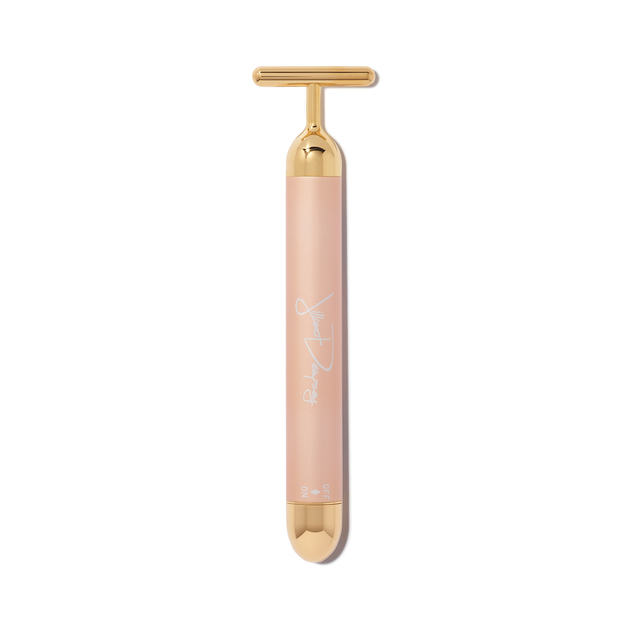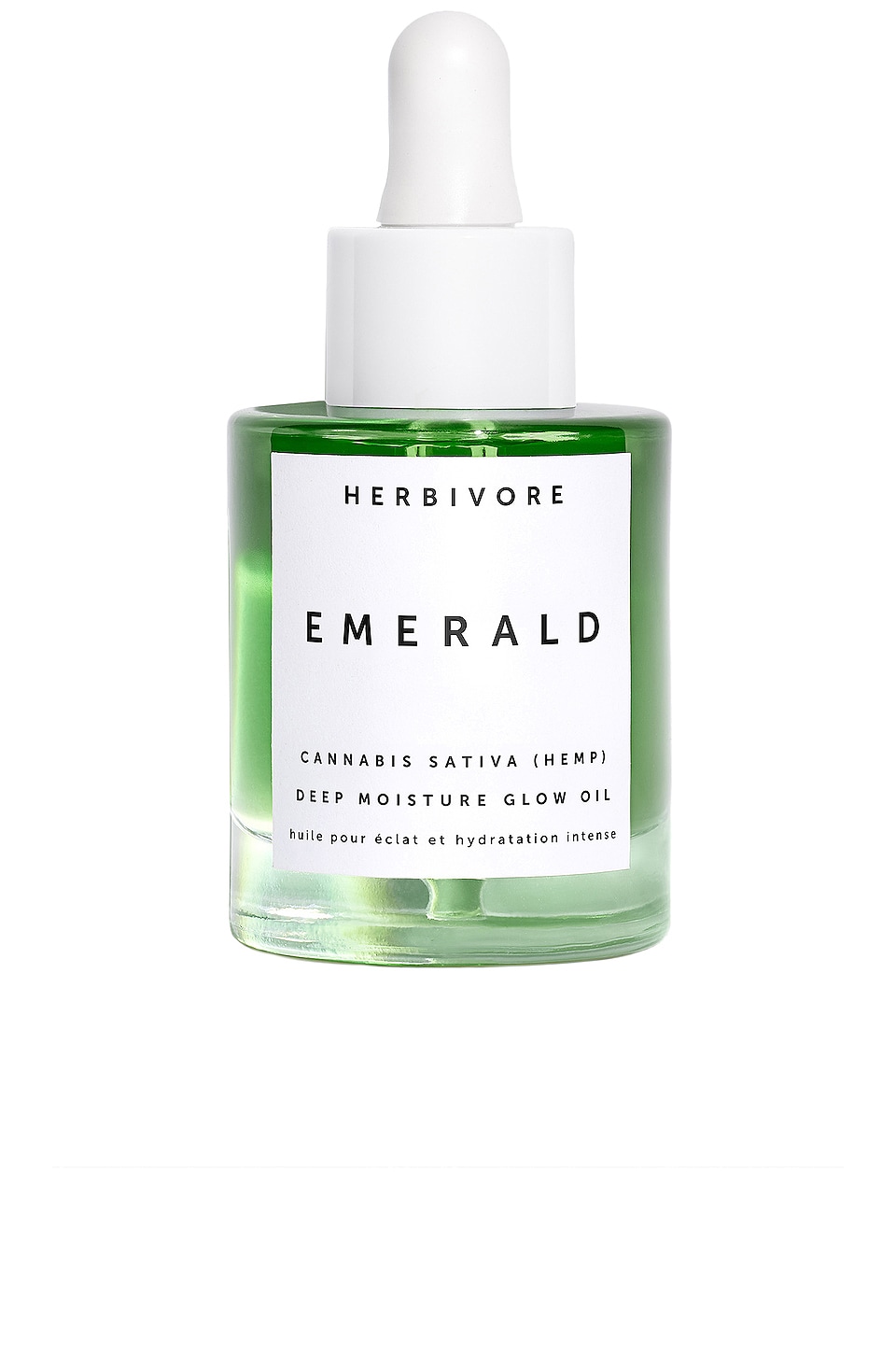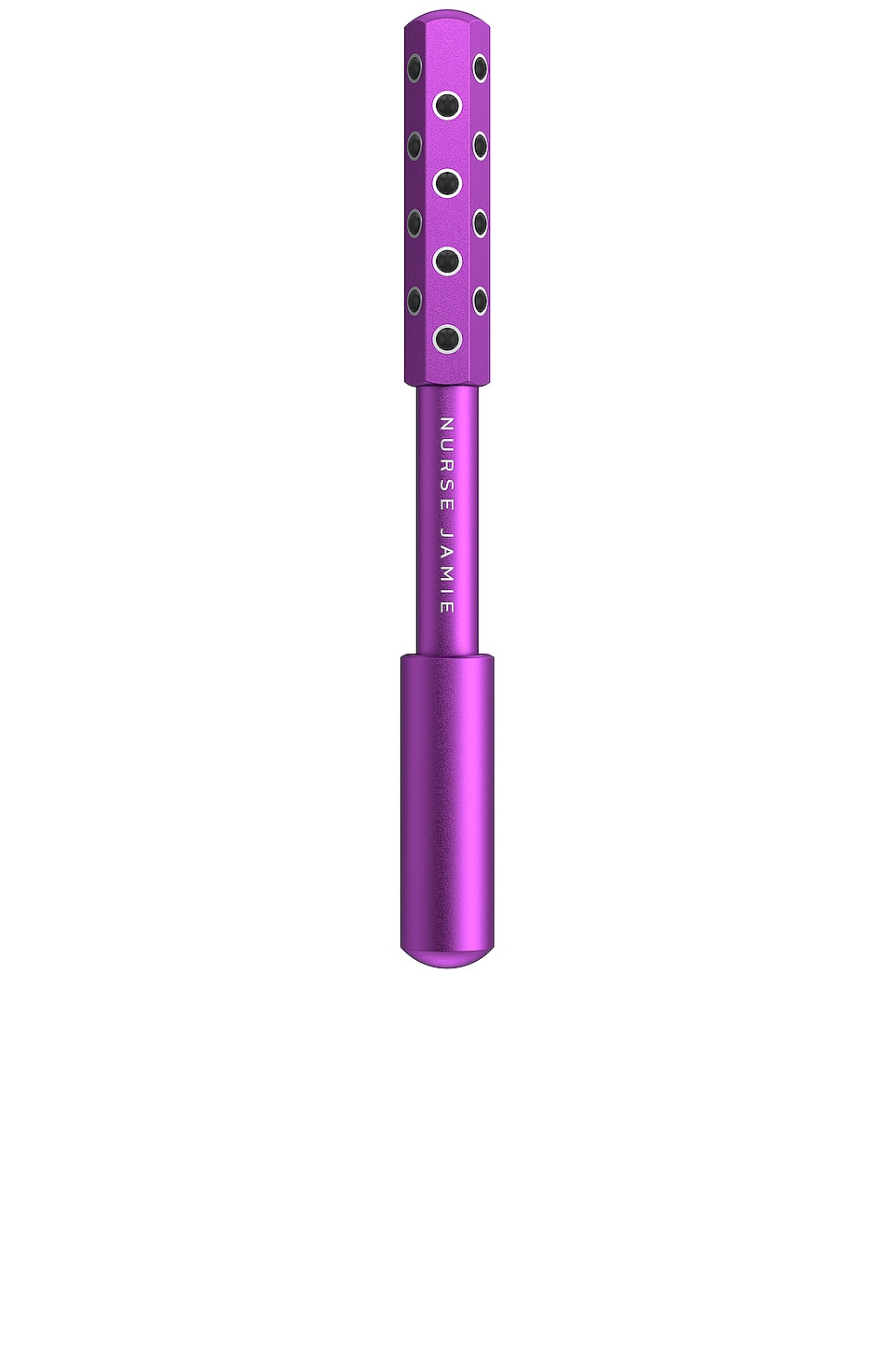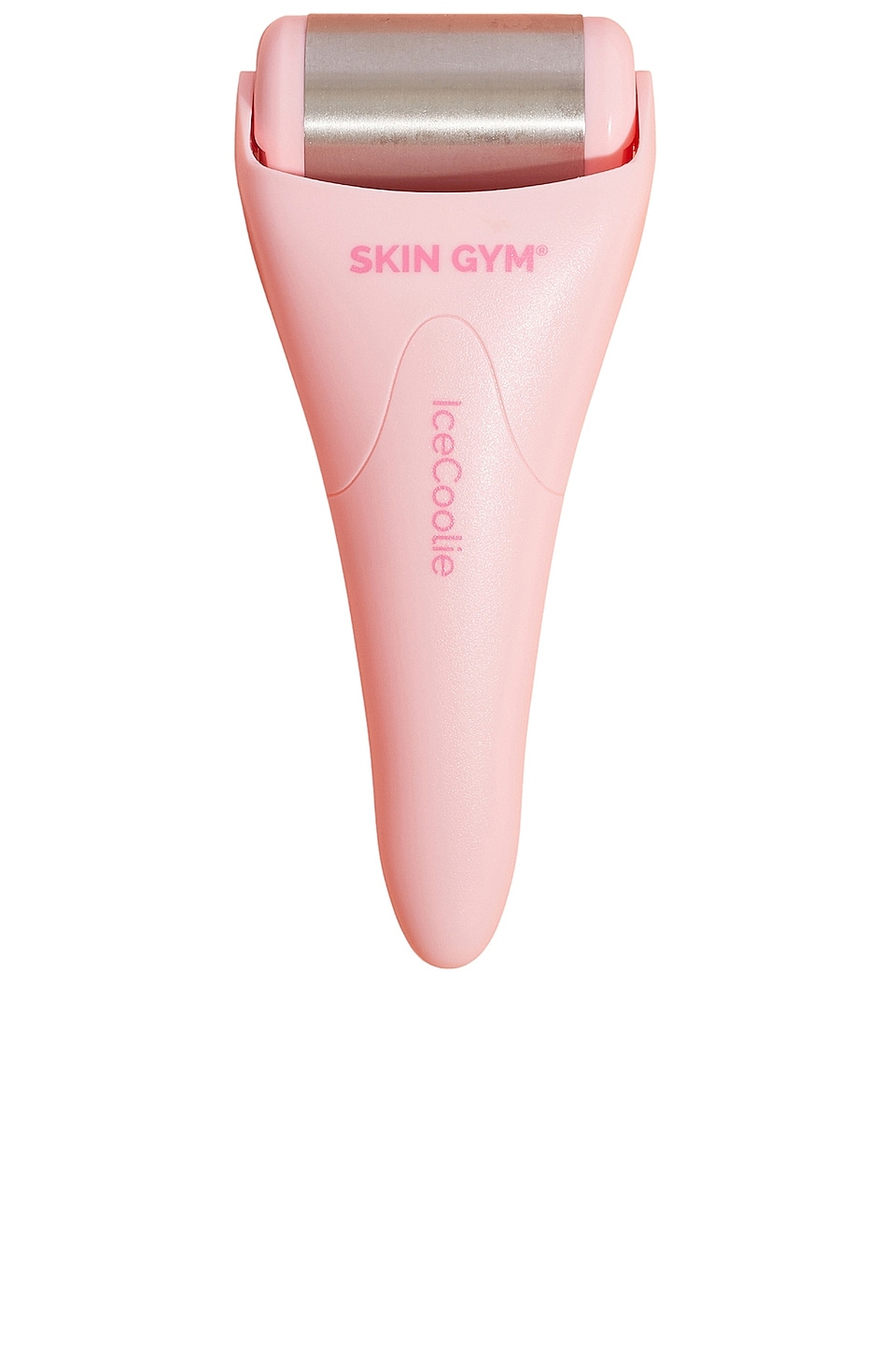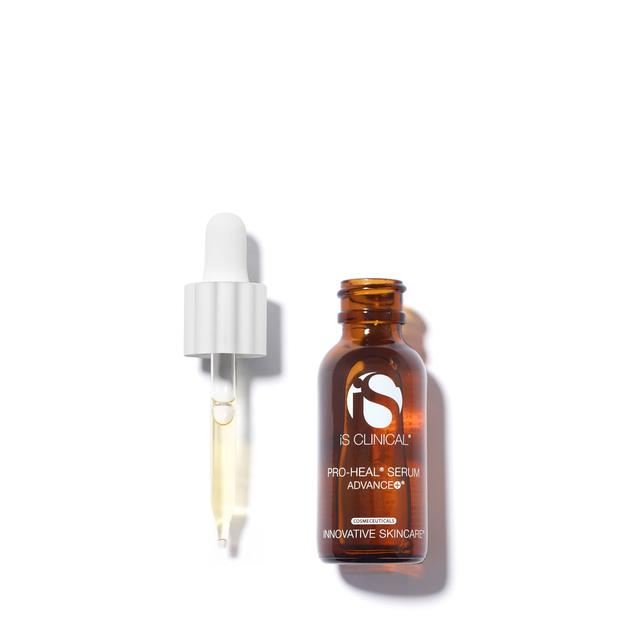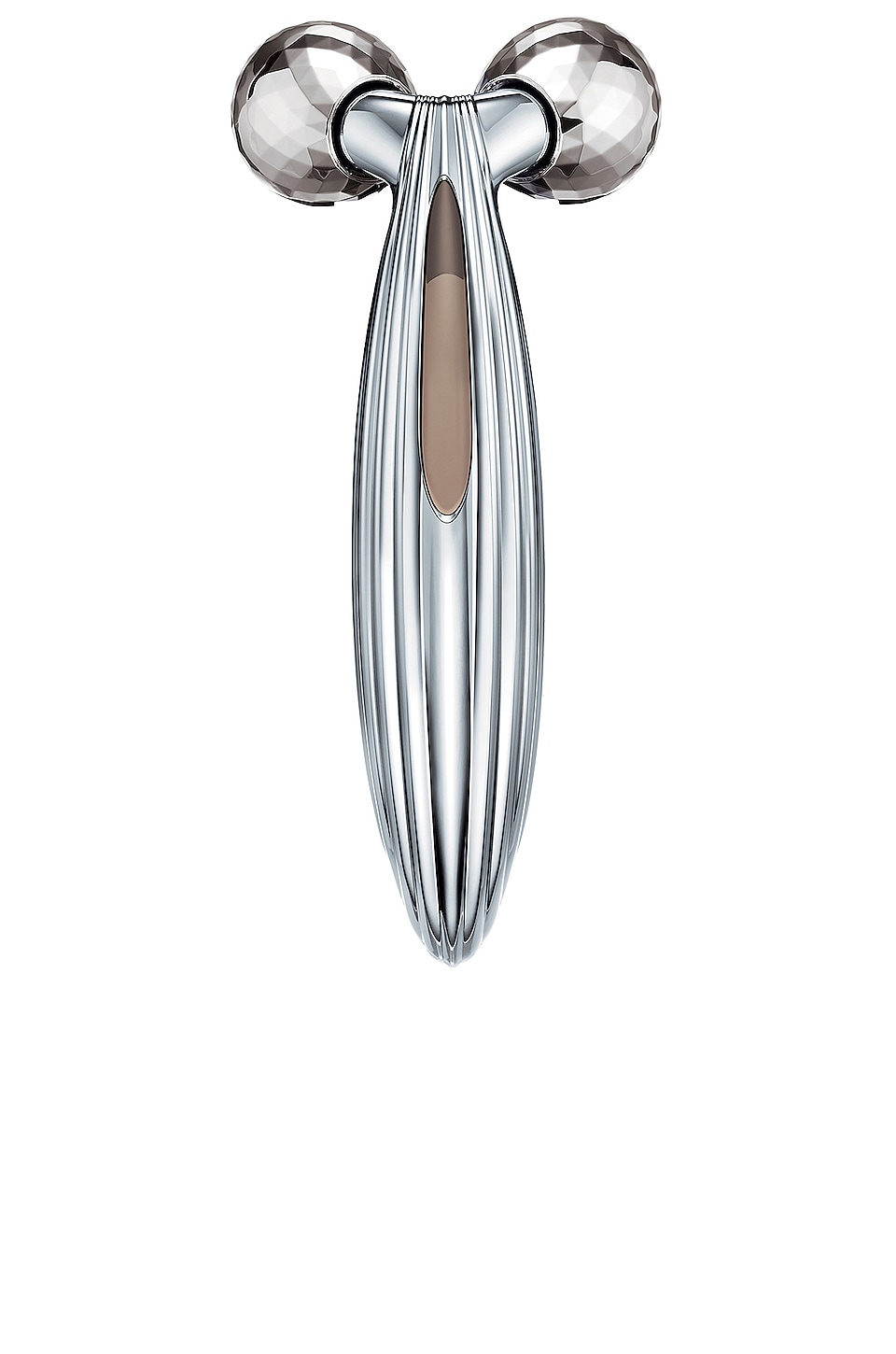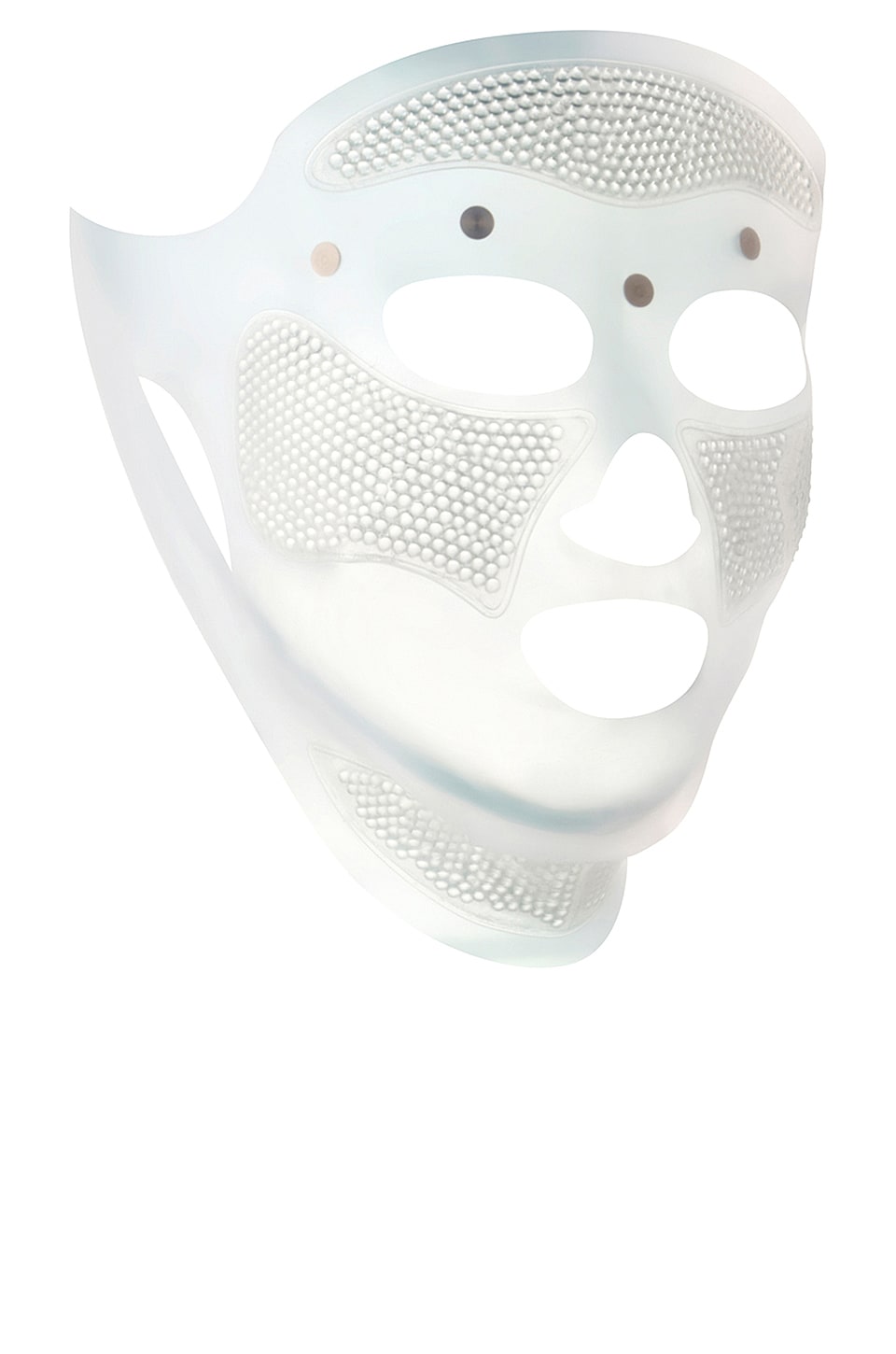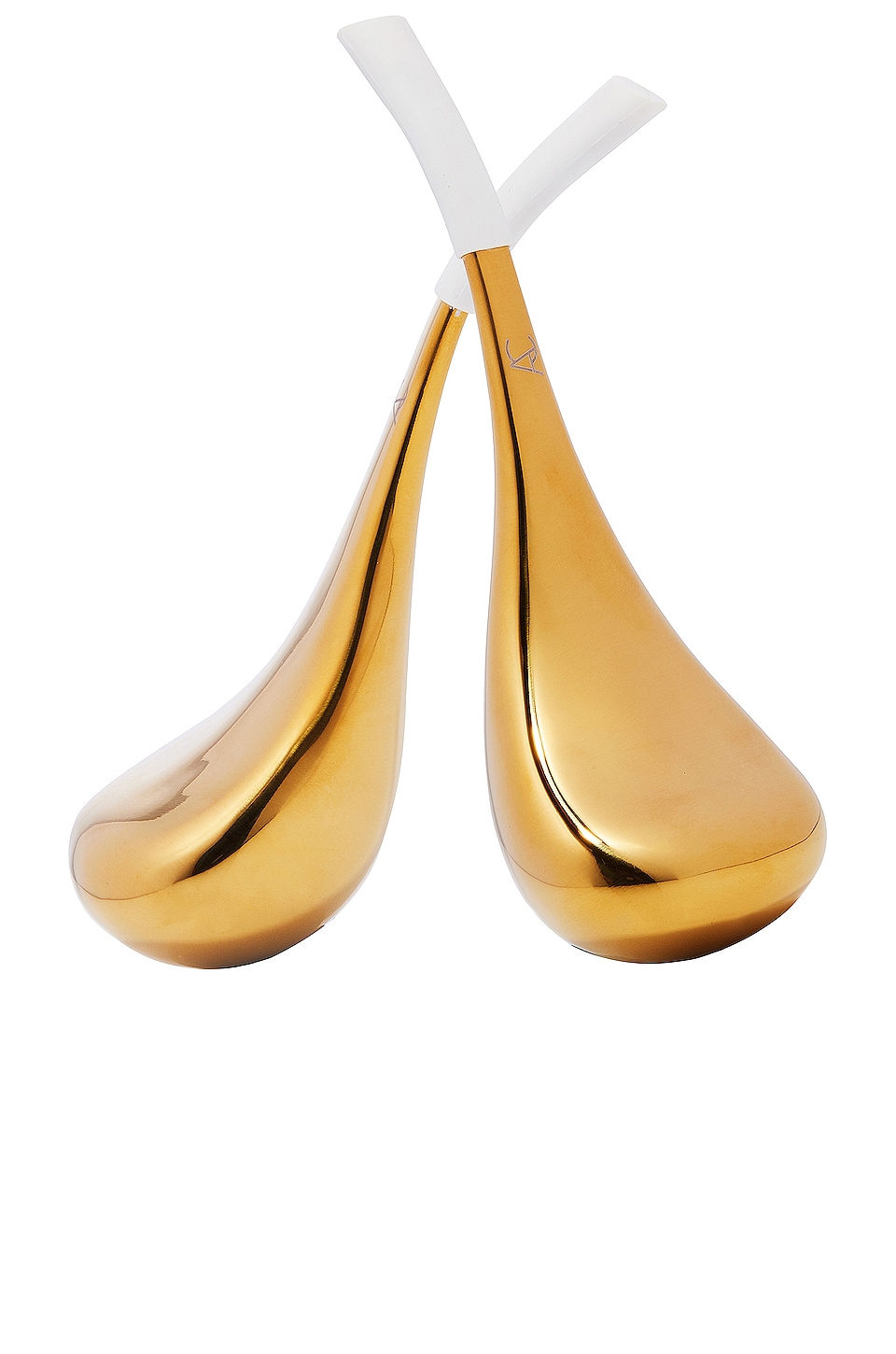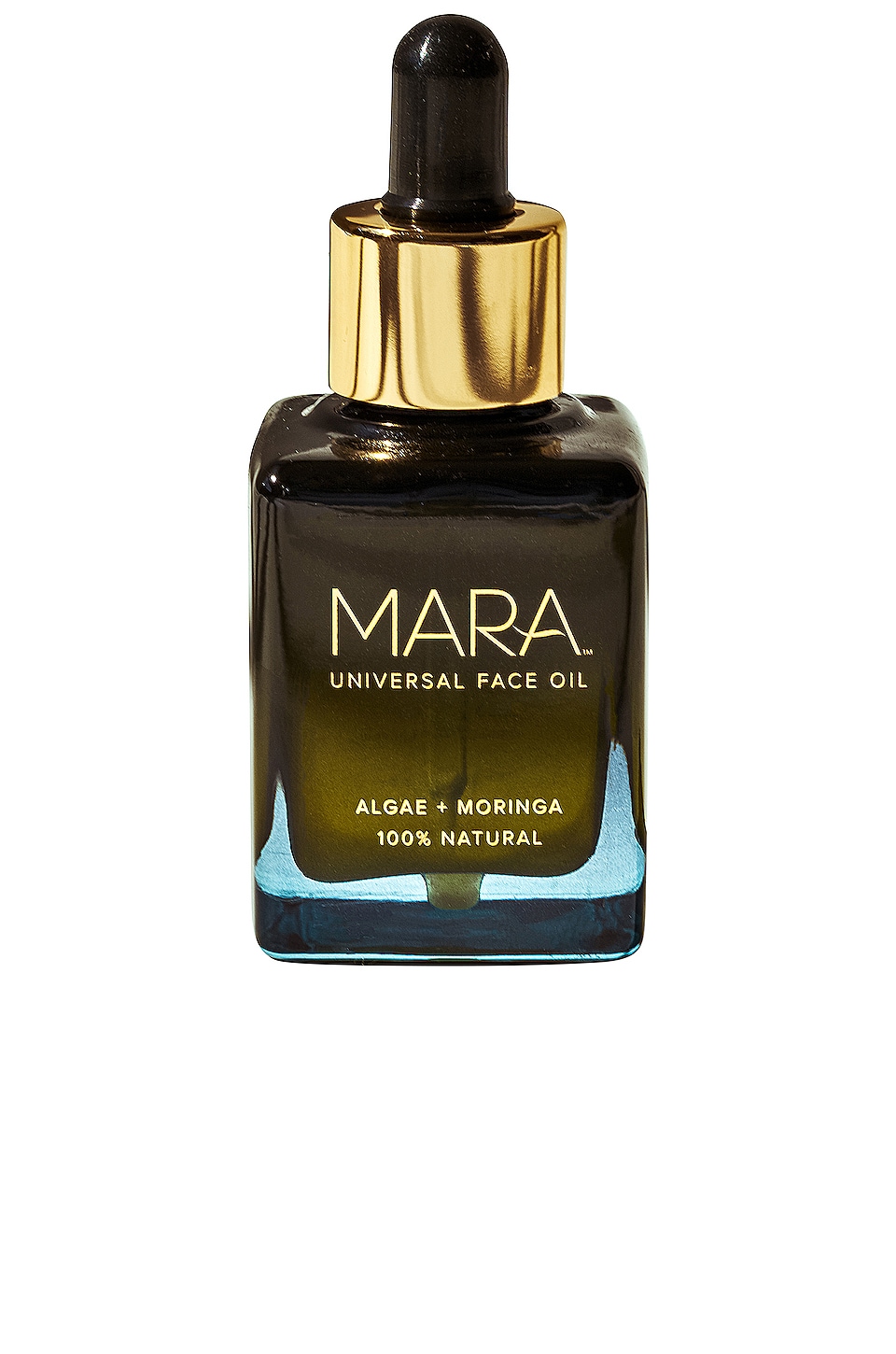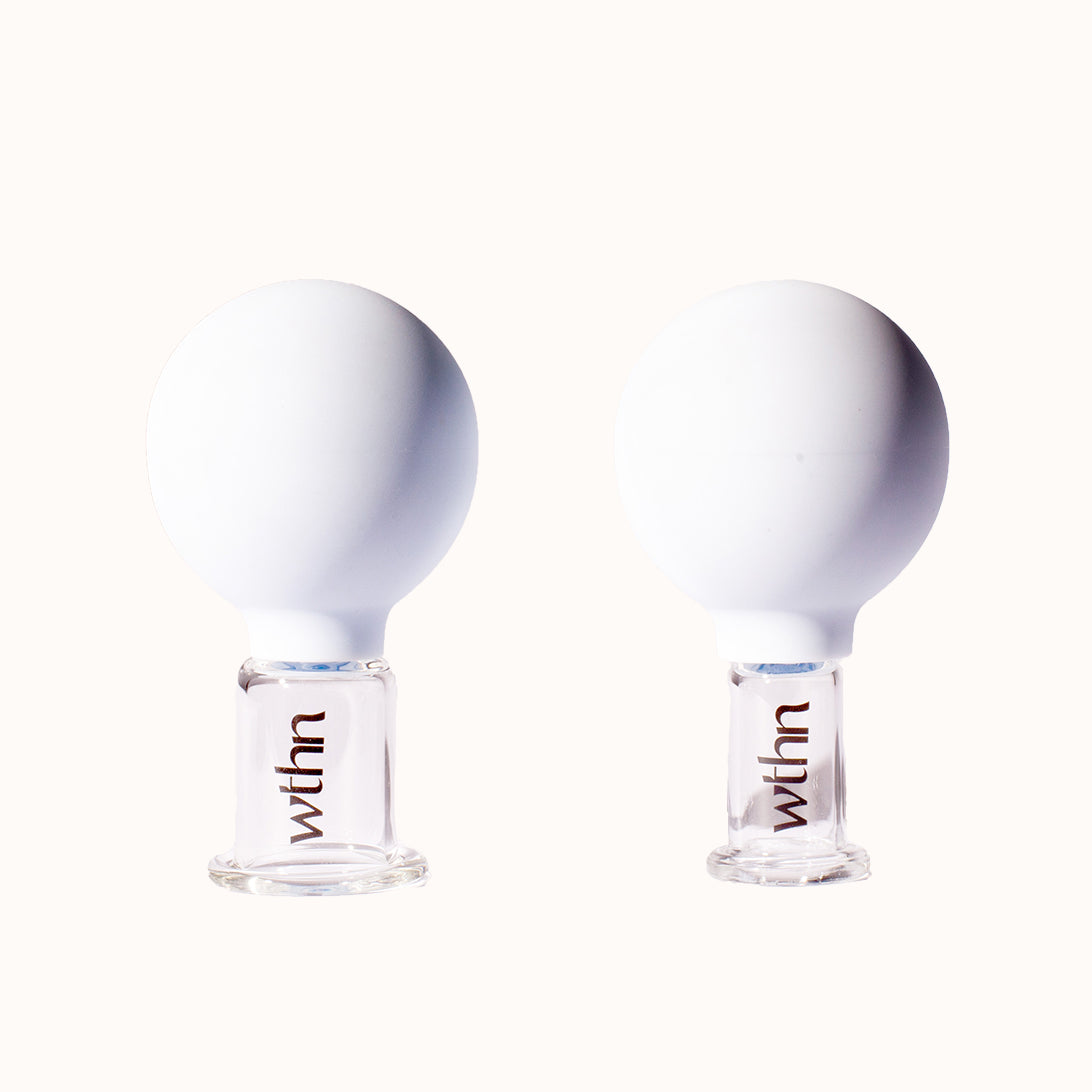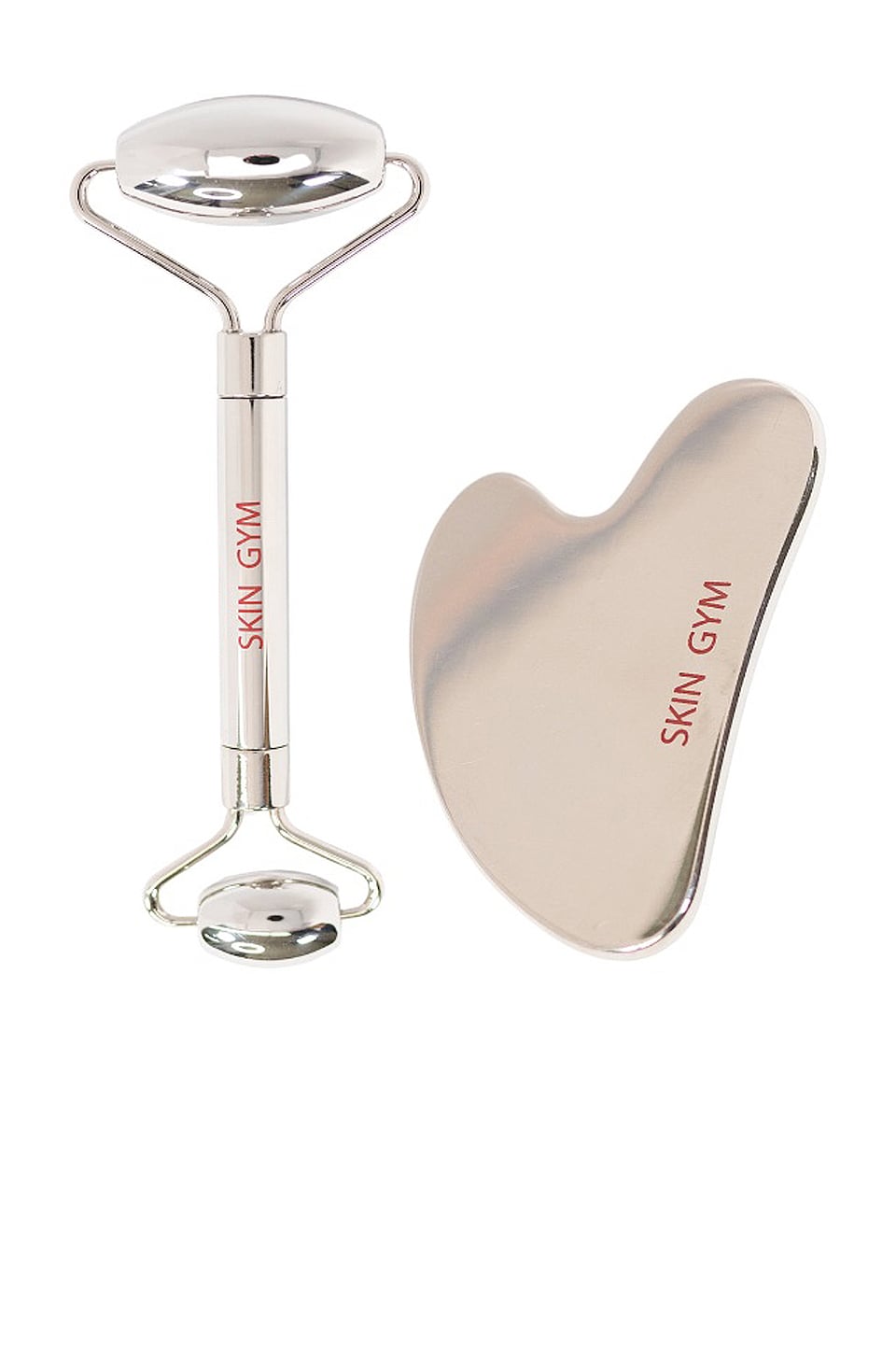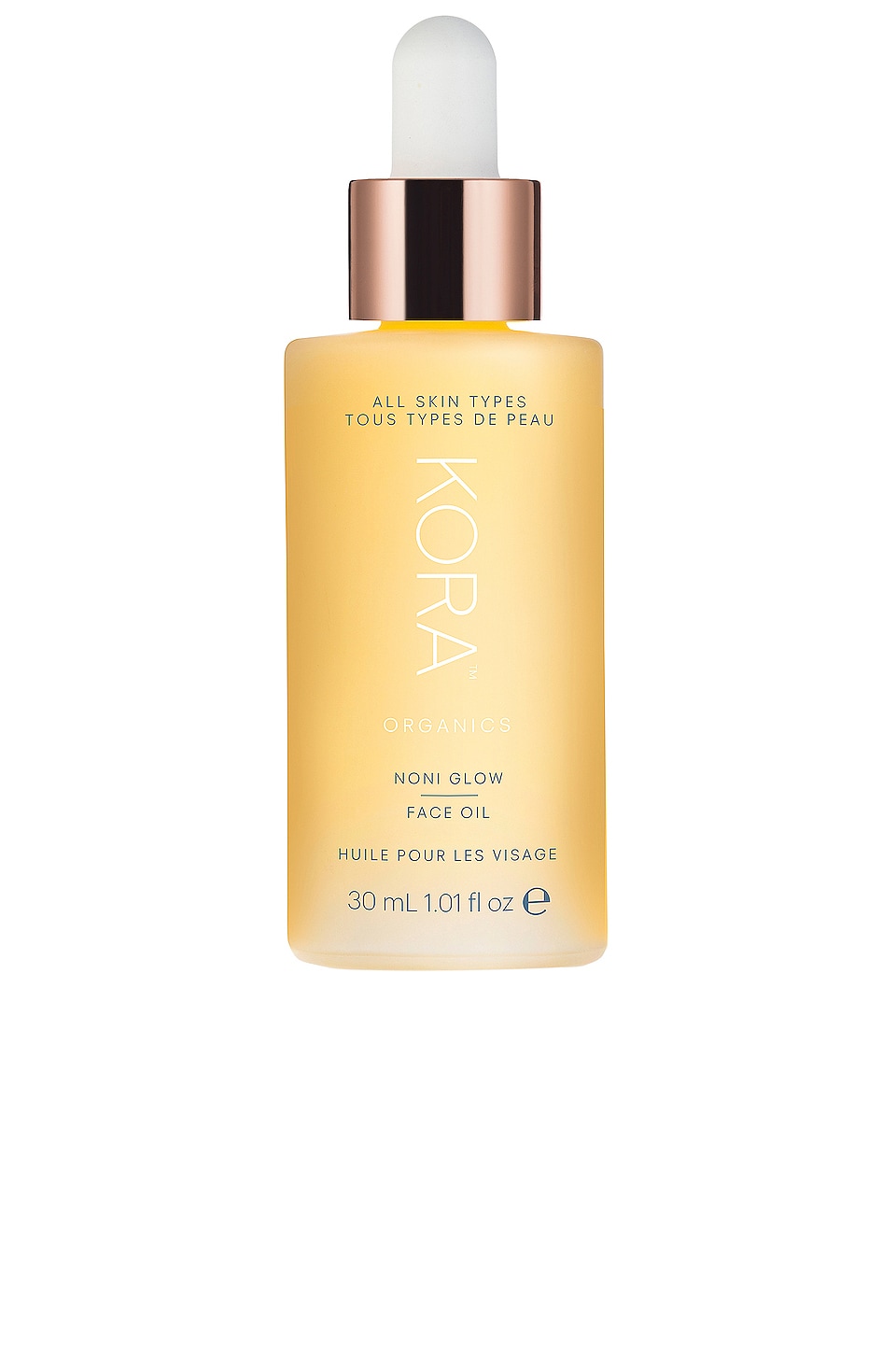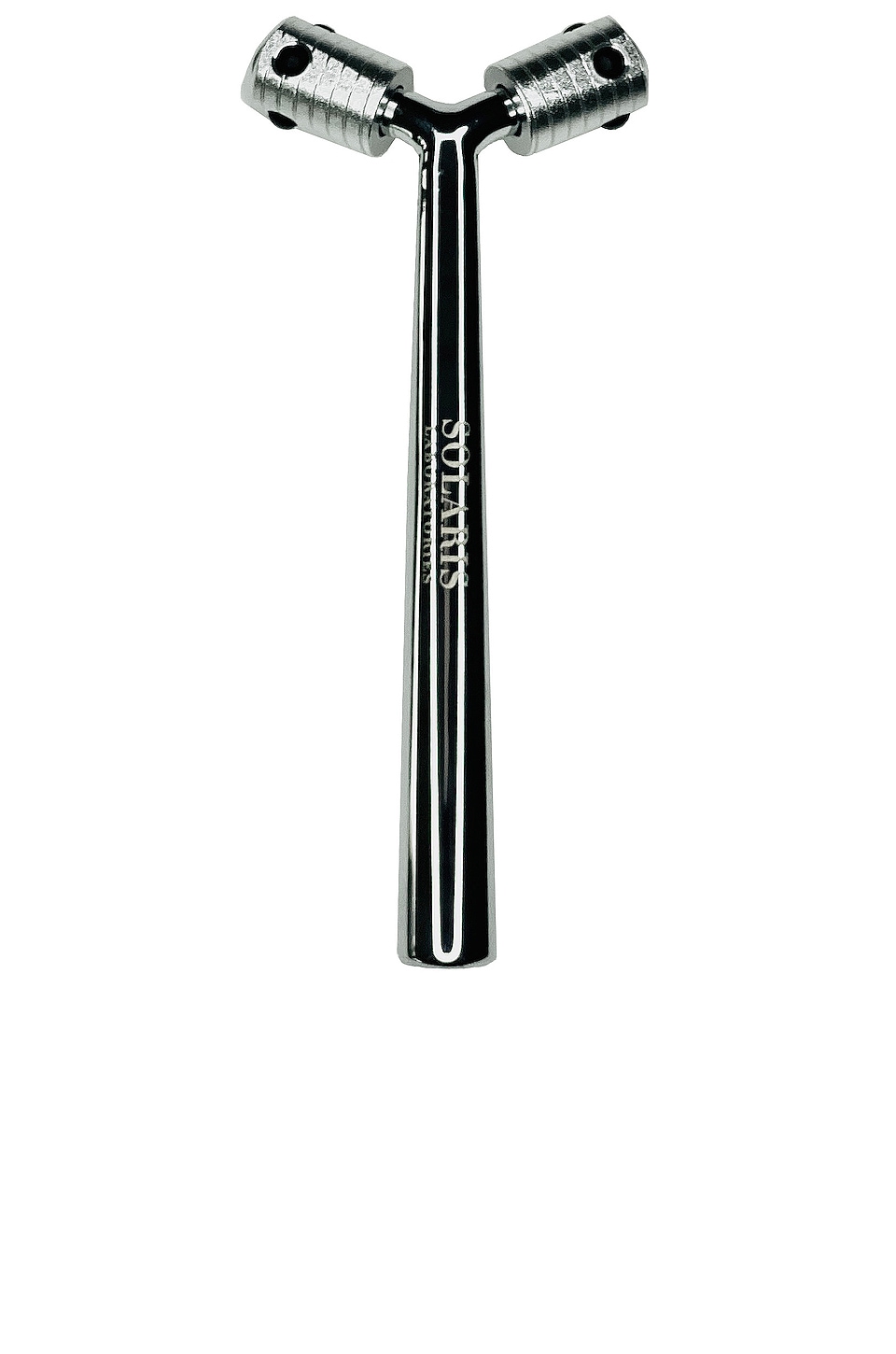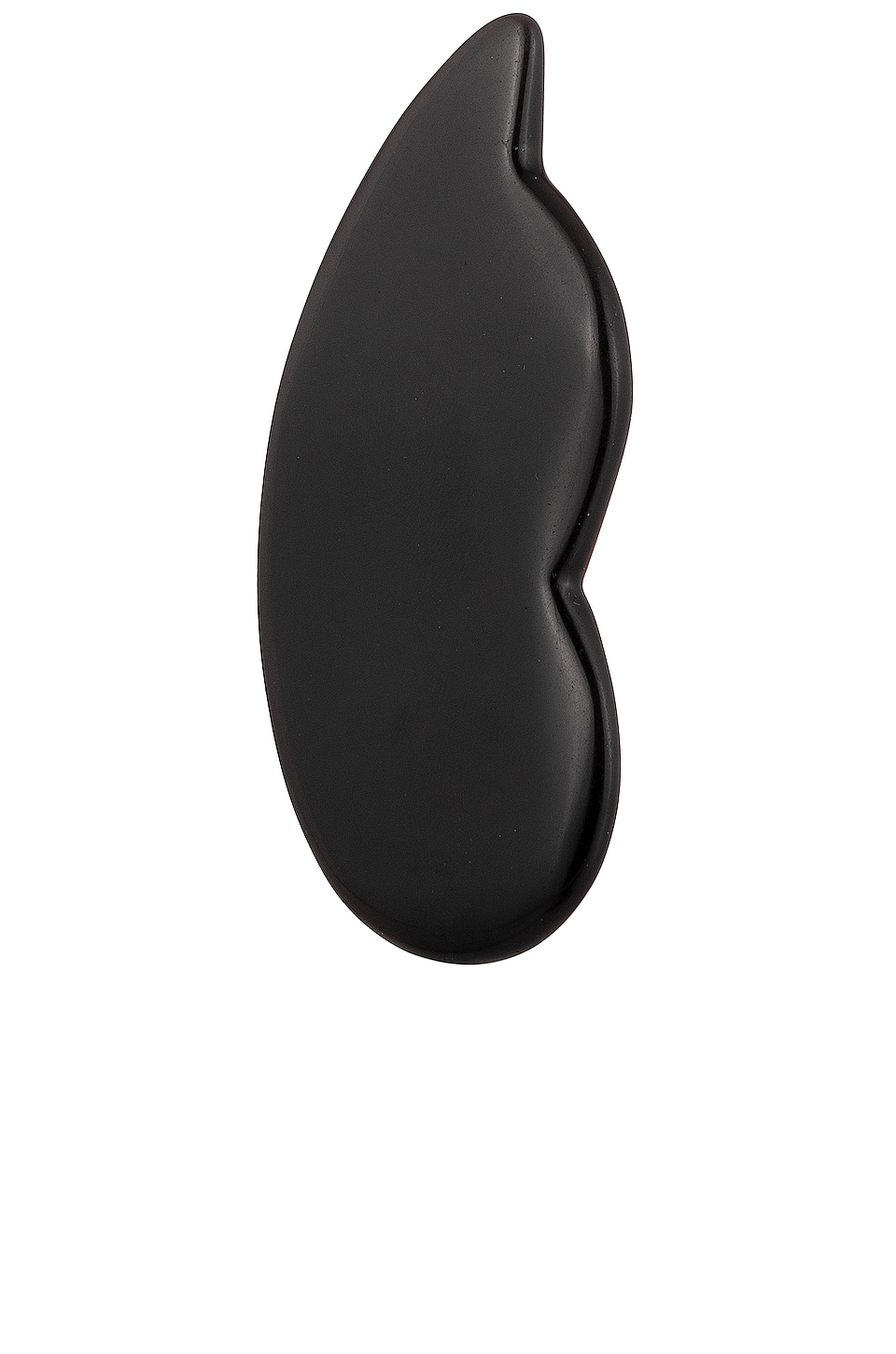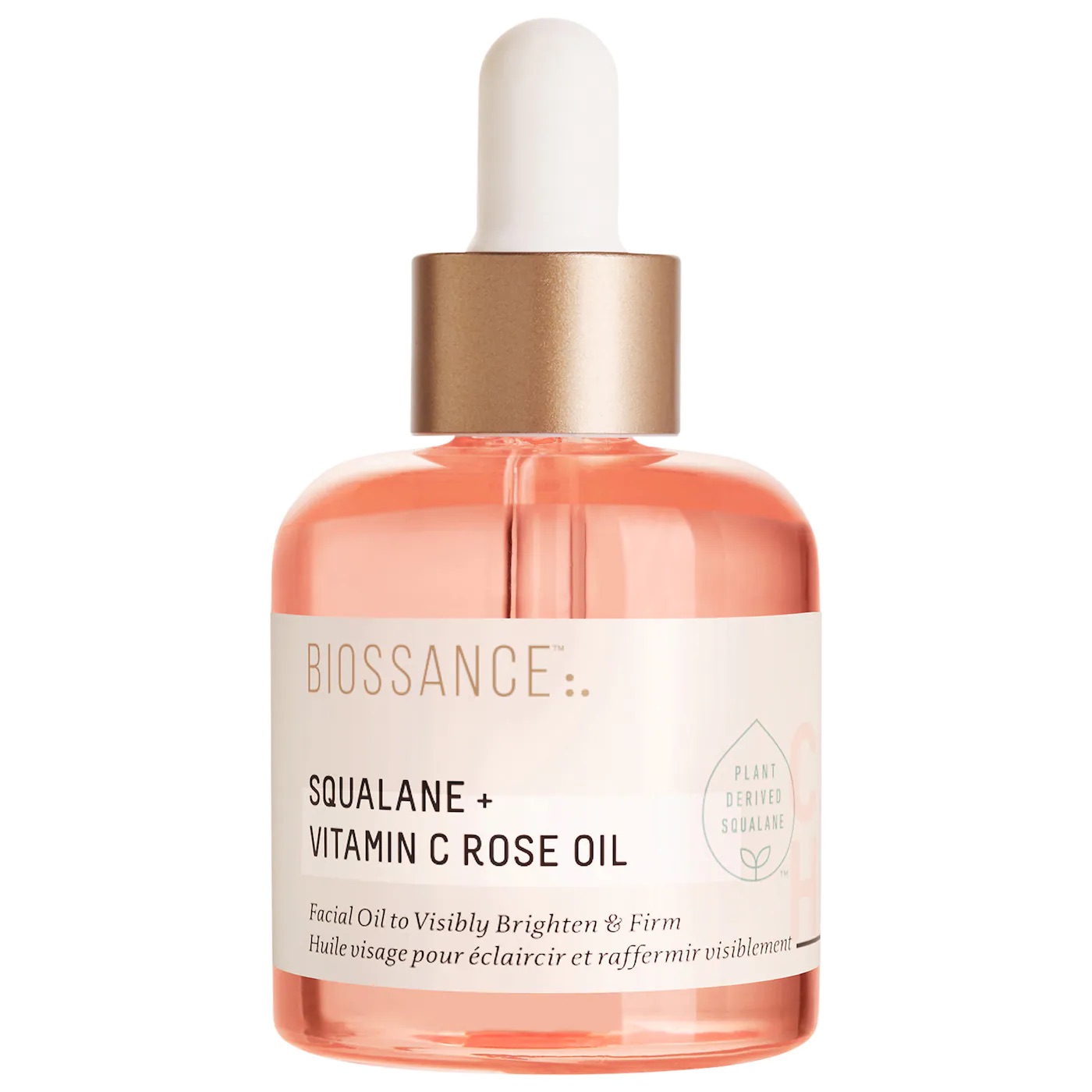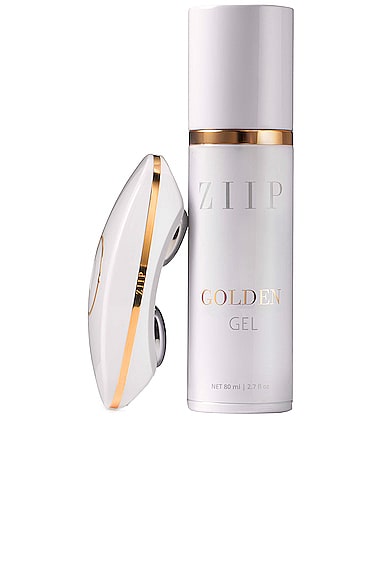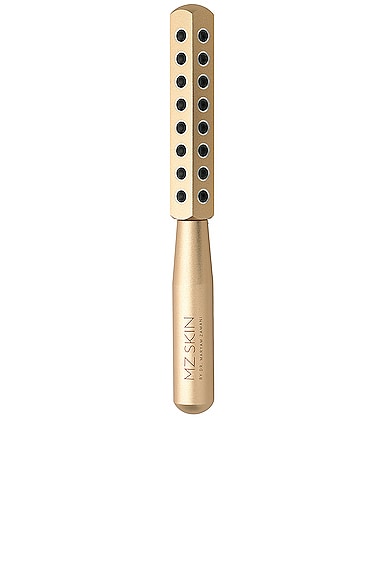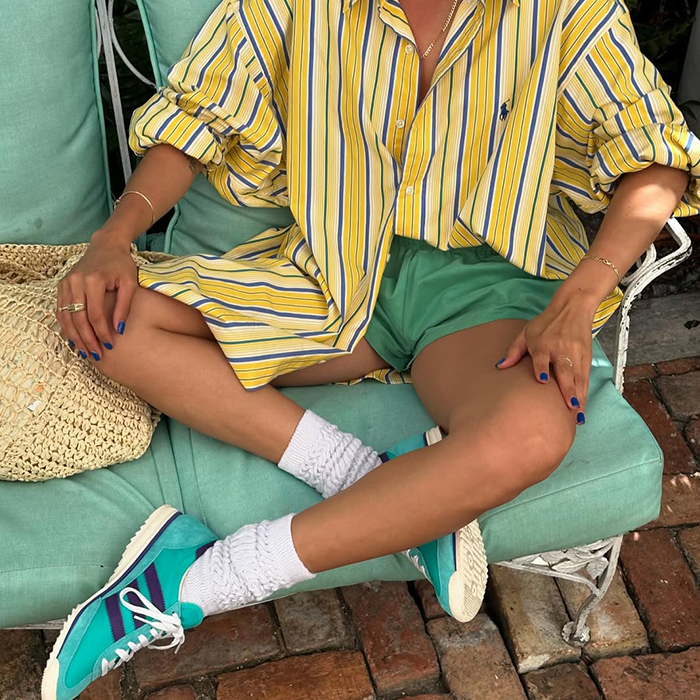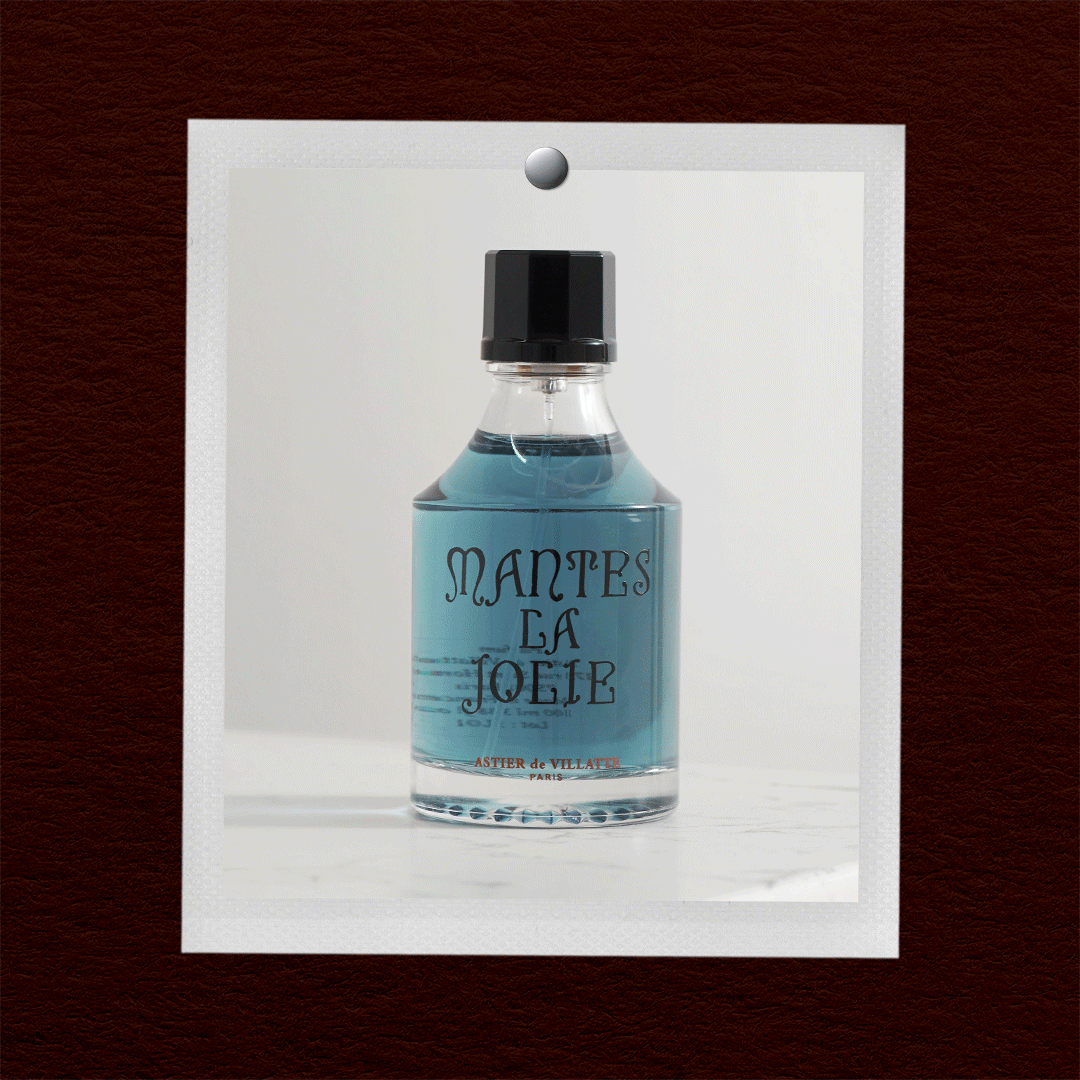I Had Filler Done "the European Way"—Here's the Key Difference From the U.S.
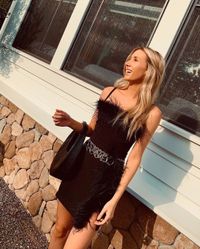
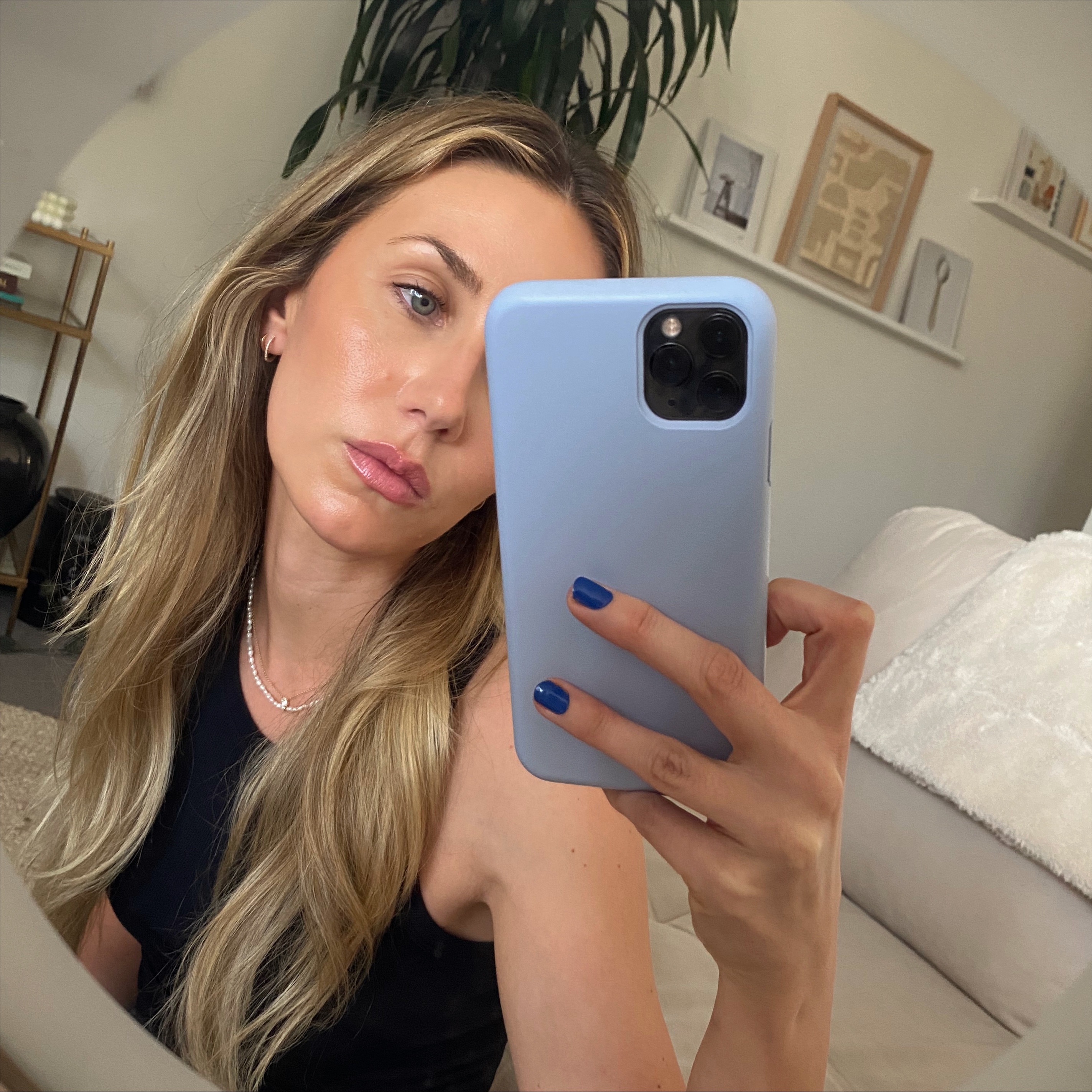
Full disclosure: I've always been wary of filler. I've also always been insecure about certain areas of my face that are less symmetrical than others. I know almost nobody's face is perfectly symmetrical and most people probably didn't even notice the points on mine, but truthfully, it bothered me. So for a few years now, I've gone back and forth between wanting to fix my asymmetry and being too scared to try fillers. Horror stories and bad outcomes were burned in my brain, and I didn't want to actually change my appearance, just make a few subtle tweaks, so I figured filler wasn't for me.
Well, after two years of looking at myself on Zoom, I was much more open to the idea of dabbling in the world of fillers. A friend I trust with my life recommended GoodSkin Clinics in Los Angeles, noting that their approach is personalized and more "European." I wasn't sure what that meant, but I do generally associate European beauty with a more natural look, so my interest was piqued. I met with Lisa Goodman, the founder, who was trained in Paris. She explained to me the science of aging and how my treatment would be based on the specific way my face is aging. As we get older, the facial skeleton, muscles, fat, and skin change over time. (You can see a more in-depth explanation in this video, which I found super helpful in understanding the process.) Each person's aging process is unique, so their treatment should be tailored to their individual issue.
Goodman was tremendously helpful in explaining everything I've ever wanted to know about filler before we began treatment, so I decided to document the process to be able to share it here in case anyone else out there is considering it or simply just filler-curious. I'm of course not advocating for anyone to do something they don't want to, but if you want more information, I'm here to be your guinea pig.
What Is Filler?
First thing's first: What is filler exactly? There are six types of filler ranging in consistency from thinnest to thickest. The key to getting the correct treatment is diagnosing where your face is losing volume to determine which type of filler you need—you're going to use different fillers if the issue is bone versus fat, for example. Goodman explained that many American injectors use the same type of filler all over the face, whereas in Europe, they use many types of filler and tailor it to what they're trying to mimic in the face. This method is unique to each client based on the way their face is aging, not a one-size-fits-all approach, which leads to a more natural look.
Filler is not permanent and will dissolve over time. The rate at which it dissolves depends on two things: the type of filler and the area it's placed in. Certain parts of the face experience more movement than others, so filler in those areas will dissolve faster. For example, the mouth area will have more movement than, say, the temples, so lip filler will naturally dissolve faster. On average, the longest-lasting is about two years, and the shortest is about six months—but again, this is nuanced depending on variables like the specific area of the face.
My Treatment
I'm not going to lie, I was quite anxious before my appointment. I've done Botox before (which was no big deal in my opinion), but the idea of filler altering my face ever so slightly was much more nerve-wracking. Thankfully, Goodman talked me through everything she was doing beforehand to ease my nerves—plus gave me laughing gas, which totally did the trick. She also numbed my face both topically and with tiny injections so the whole treatment would be relatively painless.
Goodman identified my issue to be bone and fat loss in various areas of my face, with one side a bit weaker than the other. GoodSkin uses large bore cannulas instead of needles for filler injections because they're safer and less likely to bruise. The cannula is a blunt-tipped micro-needle that won’t harm muscle or blood vessels, which is why it doesn’t bruise. (This is also a great thing to ask when you're looking for the right injector—the cannula method is much harder, so if this is what they're using, it's probably a good indication of their training.) She used a method called Tacking™ along my cheekbones, where the filler is placed under the muscle since my issue was both bone and fat. This provides lift to the lower part of the face and adds volume to the cheekbone without looking puffy since the filler stays on the bone—a method proprietary to GoodSkin. This was the most noteworthy part of the whole treatment because, although completely painless, I did feel a deep pressure almost on the top of my jaw.
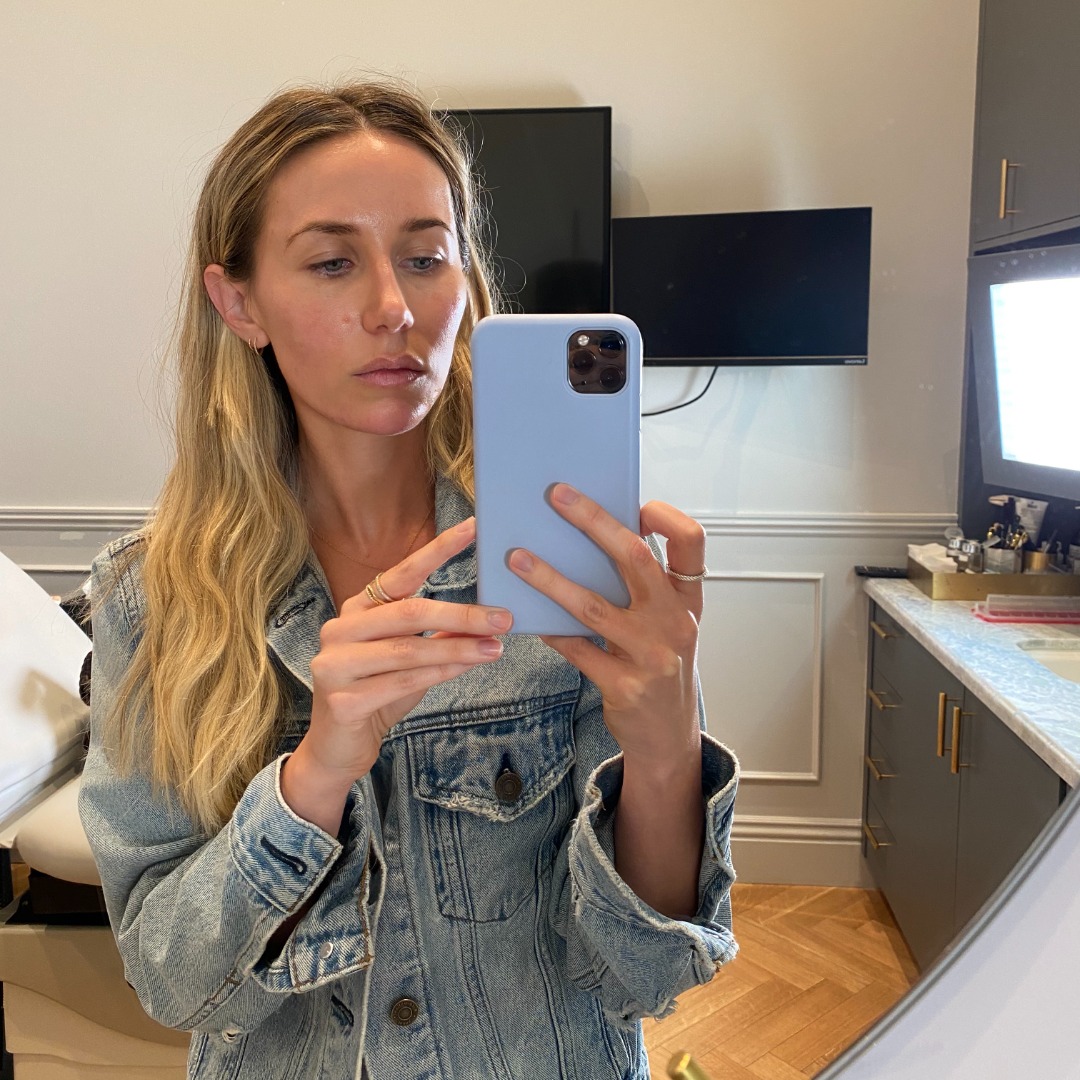
This was immediately after my treatment—a bit red but surprisingly nothing too crazy.
Goodman then placed filler in my chin and along my jawline to replace my volume loss. Since my weak chin was identified as a bone issue, she used Voluma filler, which has a thicker consistency and lasts longer. Plus, the chin is an area where the movement is minimal in comparison to other areas of the face like the mouth, which aids in the length of time the filler will last. She also did a bit of filler in my temples and under-eye, all with the cannula method. To my surprise and delight, these were all relatively painless. I did feel pressure, but there wasn't any pain thanks to the numbing agent. I was most nervous for the under-eye area because, hello, needles near my eye! But to my relief, the idea of it was worse than the reality. All in all, this process took about 20 minutes, and although much more invasive than Botox, the pain level was low.
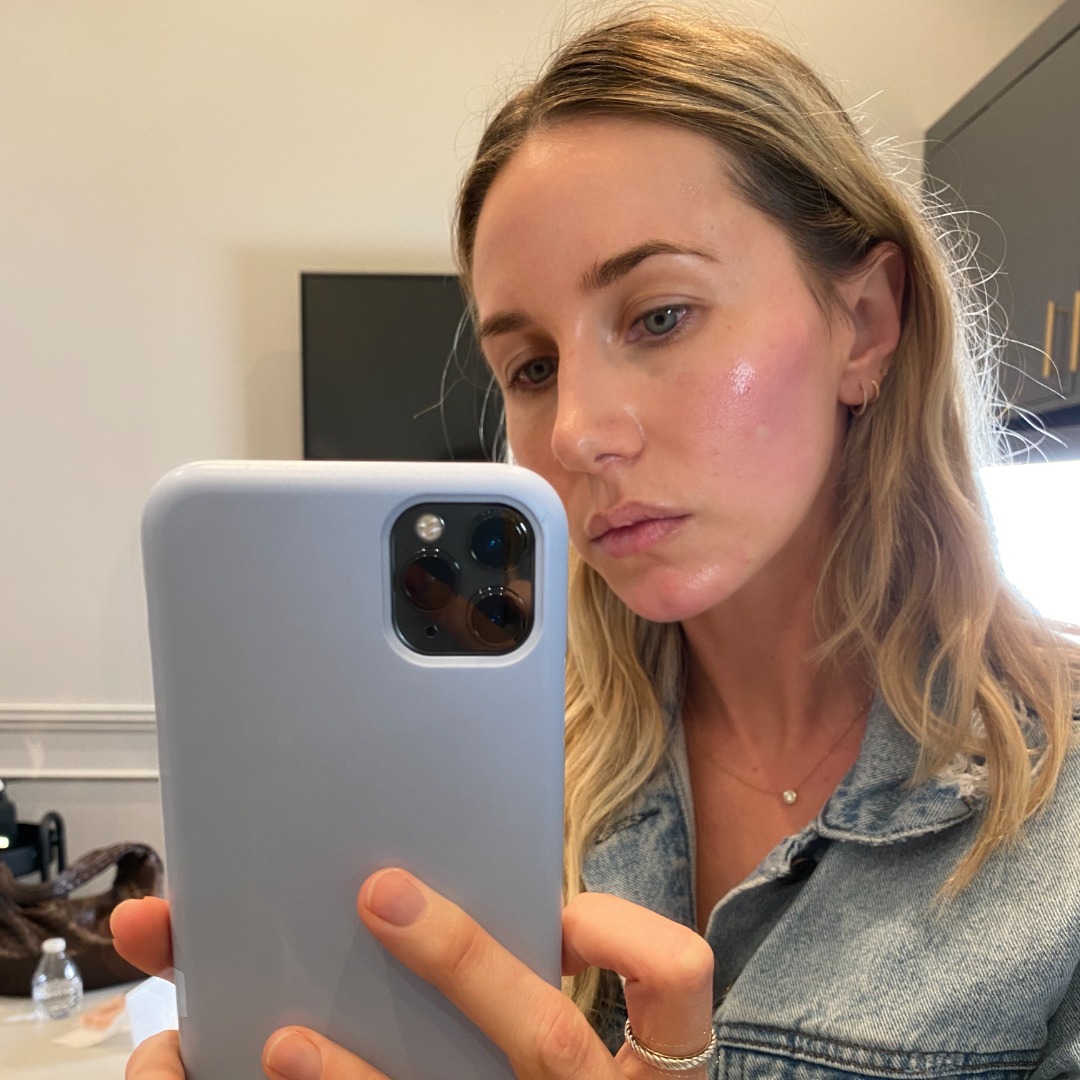
A closer look—you can see a bit of redness along my cheekbone and chin where the injections were placed.
The Results
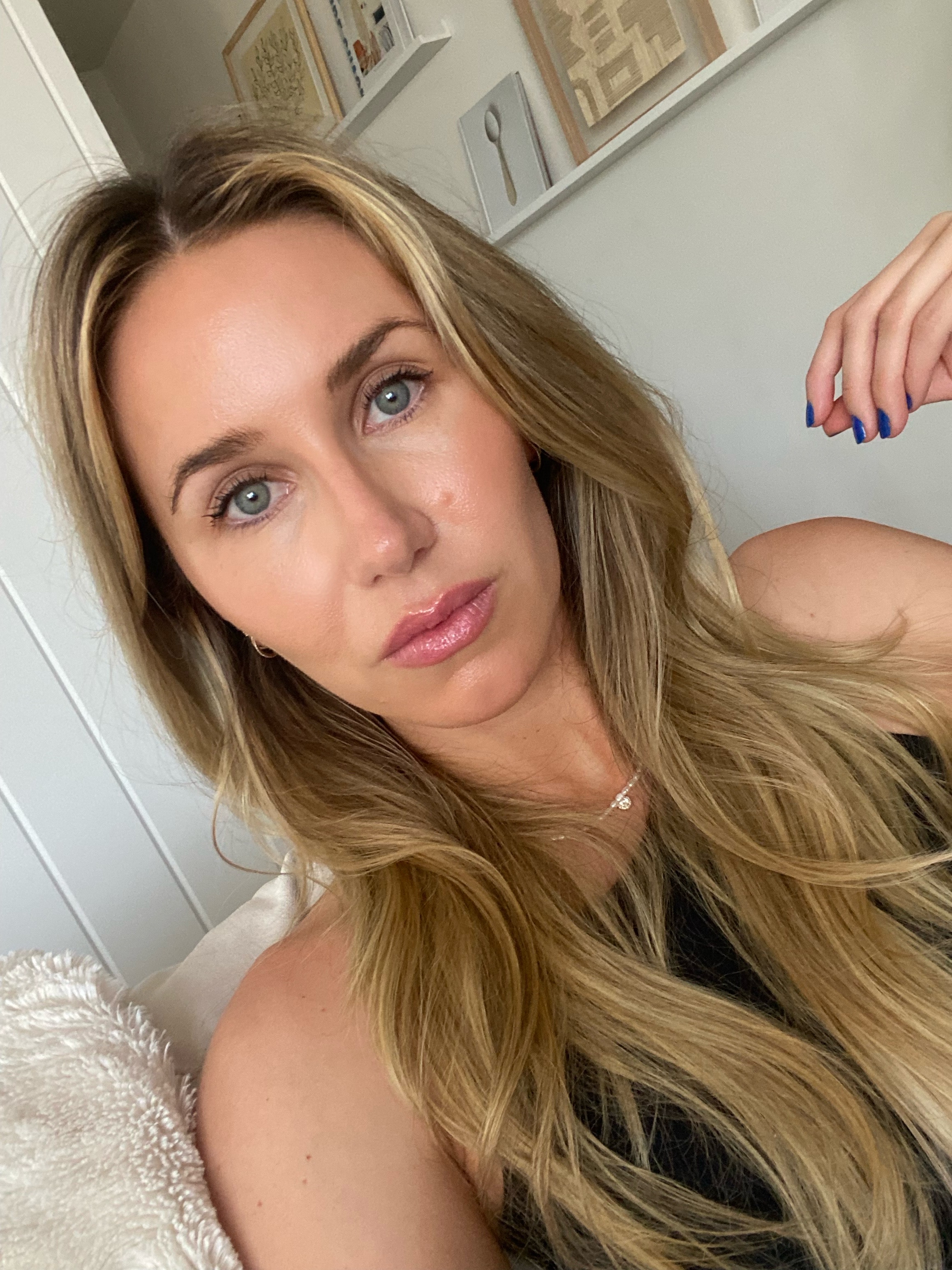
I'm going to be honest here. The following day, your face will be sore and slightly puffy. This is something Goodman flagged to me, so I was prepared for it, but the Tacking™ in the cheekbones actually makes your jaw a bit sore, so chewing is surprisingly painful. But I was relieved to see zero bruising and virtually no injection marks. The soreness fades after 24 hours, so just plan to lay low the day following your treatment.
It takes about three weeks for the filler to settle in completely, so you have to be patient before judging the results or rushing back in for more. Once my filler settled in, I went back for another appointment to layer more where needed in order to achieve the facial symmetry I was looking for. We used multiple syringes per visit, because although that sounds like a lot, one syringe is only about a pinky nail-size of filler and wouldn't provide the results I wanted. GoodSkin typically works with a few syringes per visit, seeing most clients over a few visits to layer filler to achieve their desired results—the first visit is subtle, then each subsequent visit adds more of the wow-factor patients are looking for. We did three rounds of filler in total for my treatment and the difference between the results of my first and final treatment were huge.
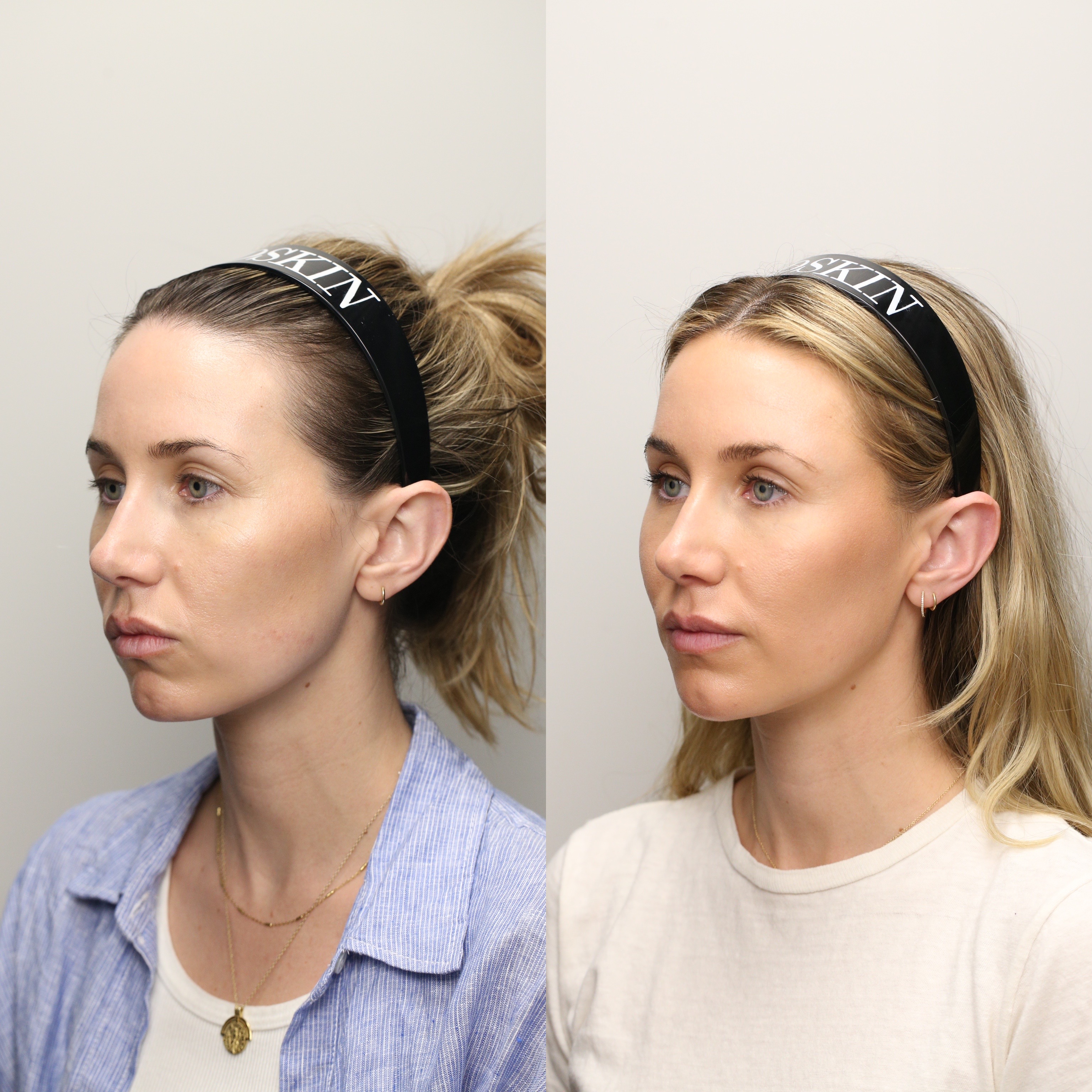
My before and after photos.
As you can see, the results are subtle—my face looks more even without really being able to pinpoint what changed. This was exactly what I was aiming for, and I'm thrilled with the results. Truthfully, I'm also relieved because trusting someone to alter your face in any way is terrifying. I wanted to look like me, just slightly more symmetrical and refreshed. Mission accomplished.
What Are Good At-Home Practices If You're Not Ready or Not Interested in Filler?
Of course, I had to pick Goodman's brain about what we can do to help sculpt and tone our faces at home if we're not interested or not ready for filler. For the longest time, I wasn't there yet, so I was always looking for tools and techniques that actually worked. So here's the unfortunate truth: There's nothing that's going to change your bone structure or shape, so it's very dependent on what the underlying issue is. The most important thing in either the injection or at-home route is the correct diagnosis of the problem. Since there's no noninvasive solution to bone-related issues, you'll be wasting time and money attempting to fix it with tools and devices. You can use this GoodSkin video that breaks down the signs of aging to help you pinpoint your issue before investing in any tools or treatments.
Goodman recommends figuring out if the issue is fat, bone, muscle, or volume loss and treating it from there. Skin issues can be slowed down at home, whereas weakness in bone structure or fat loss needs to be treated by a practitioner. NuFace and micro-current devices may help with sagging skin (although, there's minimal real data to support the efficacy), or meditation could help relieve some of the stress and tension in your face. Lymphatic drainage massage and gua sha can help reduce puffiness, but always remember to do so with an oil or serum so you're not pulling at your skin and actually making the problem worse. Antioxidants, less sun, less inflammation, exercise, and a generally healthy lifestyle will all help slow down the aging process and are the best place to start (and necessary to maintain anything cosmetic you are doing).
Shop At-Home Toning Devices
Next up: I tried the so-called best redness-reducing products—here are my honest reviews.
